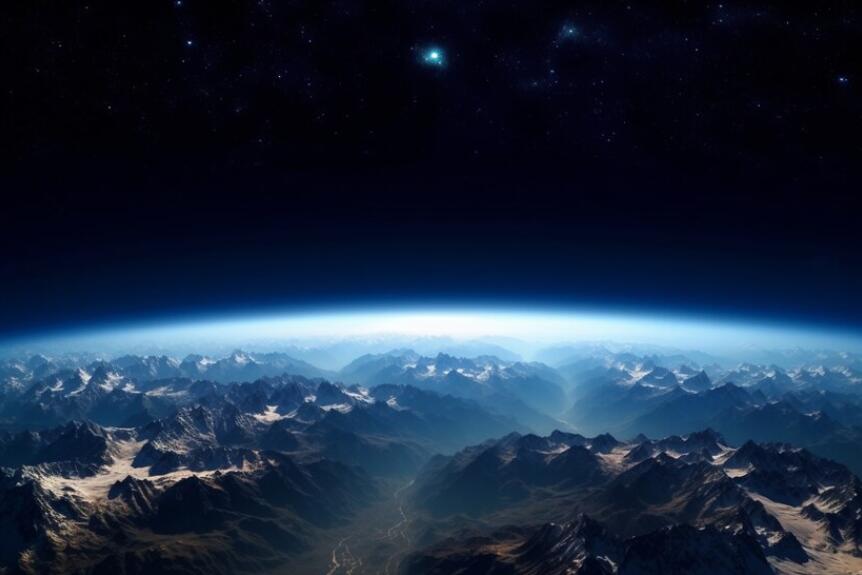What is Atmosphere?
Atmosphere is the gaseous layer that surrounds and accompanies the Earth in all its movements, due to the force of gravity, in addition to having the function of balancing the temperature of the planet.
The atmosphere is made up of several gases important for life, such as oxygen, nitrogen, and carbon dioxide , which form a transparent, colorless, odorless mixture called atmospheric air. In addition to gases, there is also water vapor, dust particles, microorganisms, etc.
The heaviest gases in the atmosphere are concentrated closer to the Earth’s surface and the lighter ones are further away. As altitude increases, the atmosphere becomes increasingly thin (at higher altitudes we feel short of breath). At 80 km of altitude, oxygen is almost non-existent, because, as it is a heavy gas, it is not maintained at high altitudes.
The atmosphere is part of the geographic stratum along with the “lithosphere” (set of rocks and soils), the “hydrosphere” (set of all the planet’s waters) and the “biosphere” (elements found in the atmosphere, lithosphere and hydrosphere). ). These components are related to each other, that is, they are interdependent: any change in one of them implies a change in the whole.
Atmosphere layers
The atmosphere is made up of five layers from the Earth’s surface to the outermost:
- Troposphere- It reaches an altitude of about 10 to 12 km and concentrates 75% of the gases and 80% of the atmospheric humidity (water vapor, ice crystals, etc. that form clouds). It is the layer in which atmospheric disturbances occur. As it rises it can reach -60°C at the top, which is called the tropopause.
- Stratosphere– Extends from the troposphere to about 50 km. Water vapor is almost non-existent and clouds do not form. It is an important region due to the presence of ozone, which filters most of the ultraviolet rays emitted by the sun. The temperature increases with altitude, reaching 2°C at the top.
- Mesosphere– Starts the so-called upper atmosphere and goes from the tropopause to 80 km altitude. Contrary to what happens in the stratosphere, here the temperature decreases with altitude (the air is thinner), reaching -90°C at the upper limit.
- Ionosphere– Extends from the mesosphere to about 600 km. The air is very rarefied and charged with ions (electrified particles that have the property of reflecting radio waves and TVs). It is in this layer that meteors (shooting stars) disintegrate. The temperature can reach up to 1000°C at the top.
- Exosphere– It is the outermost layer of the atmosphere. It starts at about 600 km altitude, with imprecise upper limits. The absence of air allows extremely high temperatures (over 1000°C).
Greenhouse effect
The greenhouse effect is an atmospheric phenomenon that consists of the retention of heat radiated by the earth’s surface, by particles of gases and water in suspension, ensuring the maintenance of the planet’s thermal balance, therefore, the survival of plant species (which process photosynthesis) and animals.
An imbalance in the atmospheric composition, caused by the high concentration of certain gases capable of absorbing heat, such as methane, carbon dioxide and nitrous oxide, causes a greater storage of heat that is reflected to the earth resulting in the greenhouse effect.
Acid rain
Acid rain is another atmospheric phenomenon caused, on a local or regional scale, by pollution emitted by industries, transport and other forms of combustion. The main responsible for this phenomenon are sulfur dioxide, emitted from the burning of fossil fuels, the oxygen already present in the atmosphere and the nitrogen dioxide emitted by motor vehicles.
List of Acronyms Related to Atmosphere


